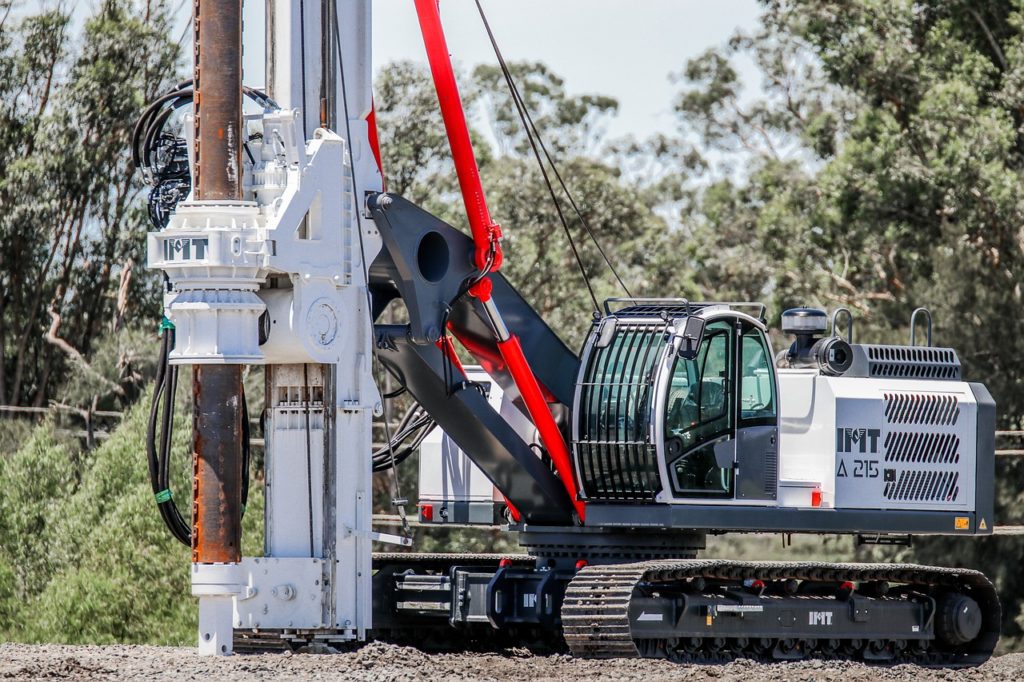In recent years, there has been a significant trend among larger machine producers to source and manufacture parts in China. This shift in manufacturing strategy reflects a strategic and economic decision that holds several advantages. In this article, we’ll explore 6 reasons why top machine producers are increasingly turning to China for their machine parts.
Cost Efficiency and Competitive Pricing:
One of the primary driving forces behind the move to China is the cost efficiency offered by Chinese manufacturing. Larger machine producers can benefit from lower production costs, including labor, materials, and operational expenses. China’s robust manufacturing infrastructure and economies of scale allow for the production of high-quality parts at a fraction of the cost. This offers big brands competitive pricing for the end products.
Advanced Manufacturing Technologies:
China has made significant strides in adopting and investing in advanced manufacturing technologies. Larger machine producers can leverage the technological capabilities of Chinese manufacturers to access cutting-edge production methods, automation, and quality control processes. This ensures that the parts produced meet or exceed international standards and incorporate the latest technological advancements.
Comprehensive Supply Chains:
China boasts well-established and comprehensive supply chains, providing a seamless flow of raw materials, components, and finished products. Larger machine producers benefit from the efficiency of these supply chains, reducing lead times and ensuring a steady and reliable stream of parts. This is particularly crucial for maintaining production schedules and meeting market demands.
Customization and Flexibility:
Chinese manufacturers offer a high degree of customization and flexibility in production. This is advantageous for larger machine producers that may require specialized or tailored parts for their machinery. The ability to work closely with Chinese suppliers to customize components according to specific requirements allows for a more personalized approach to manufacturing.
Quality Assurance and Certification:
Reputable Chinese manufacturers adhere to international quality standards and certifications. Bigger machine producers can rely on the assurance that the parts produced in China meet stringent quality benchmarks. Certifications such as ISO (International Organization for Standardization) and CE (Conformité Européene) signify a commitment to quality, providing confidence in the reliability and durability of the machine parts.
Global Networking Opportunities:
Engaging with Chinese manufacturers opens doors to global networking opportunities. Larger machine producers can establish relationships with suppliers, attend industry events, and participate in collaborative ventures. This global networking facilitates knowledge exchange, market insights, and potential collaborations that contribute to the overall growth and competitiveness of the machine production industry.
Conclusion:
The decision of big brands to manufacture parts in China is a strategic move driven by cost efficiency, advanced manufacturing technologies, comprehensive supply chains, customization options, quality assurance, and global networking opportunities. so, as China continues to play a pivotal role in the global manufacturing landscape, top machine producers are tapping into the benefits offered by Chinese manufacturers to optimize their production processes and stay competitive in the ever-evolving machinery industry.


